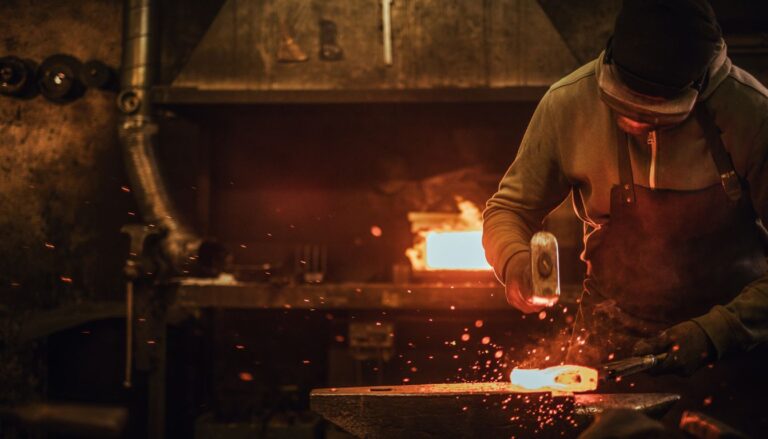Kuala Lumpur, Malaysia
Where gleaming skyscrapers meet colonial architecture, Kuala Lumpur stands as a testament to Malaysia’s remarkable journey from tin mining settlement to global metropolis. This vibrant capital city masterfully blends Malay, Chinese, and Indian influences, creating a cultural mosaic that’s evident in its architecture, festivals, and especially its renowned culinary scene.
This guide reveals local secrets and cultural treasures, transforming your visit into a memorable journey.
Table of Contents
Best Places to Visit
- Merdeka Square: Historic heart of the city with colonial architecture
- Brickfields (Little India): Vibrant Indian cultural district
- Kampung Baru: Traditional Malay village in the city center
- Petaling Street: Historic Chinatown with bustling markets
- Kuala Lumpur Central Market: Cultural landmark featuring local artisans
- Kuala Lumpur Forest Eco Park: Urban rainforest with canopy walks
Must-Visit Cultural Landmarks
- Masjid Jamek: Historic mosque at the birthplace of Kuala Lumpur
- Sri Mahamariamman Temple: Oldest Hindu temple in Kuala Lumpur
- Thean Hou Temple: Six-tiered Chinese temple with city views
- National Museum: Journey through Malaysia’s history
- Islamic Arts Museum: Largest Islamic arts collection in Southeast Asia
Cultural Insights & Traditions
Kuala Lumpur’s culture is a harmonious blend of traditions from Malaysia’s main ethnic groups. The city celebrates major festivals of all religions, from Hari Raya to Chinese New Year and Deepavali. Traditional arts like batik painting, pewter crafting, and songket weaving are kept alive in cultural centers throughout the city.
Top Cultural Experiences
- Learn batik painting at craft workshops
- Join a Malaysian cooking class
- Experience tea ceremonies in traditional settings
- Visit during major cultural festivals
- Explore night markets (pasar malam)
- Watch traditional cultural performances
- Take part in a pewter crafting workshop
Best Time to Visit
The best time to visit is from May to July or December to February. These months offer relatively drier weather. Chinese New Year (January/February) brings spectacular celebrations. Ramadan offers unique cultural experiences and evening food bazaars. Be prepared for afternoon showers year-round.
How to Get Around
- MRT: Modern rail system connecting major areas
- LRT: Light rail covering urban areas
- Monorail: Scenic transport through city center
- Grab: Popular ride-hailing service
- GoKL: Free bus service in city center
- Walking: Best in early morning or evening
Where to Stay
- KLCC: Luxury hotels near Petronas Towers
- Bukit Bintang: Shopping and entertainment hub
- Bangsar: Hip neighborhood with local flavor
- Chow Kit: Authentic local experience
- KL Sentral: Transportation hub with diverse options
- Kampung Baru: Traditional Malay atmosphere
Best Places to Book Your Trip
Planning your dream trip is easy with trusted travel platforms. To secure the best deals on flights, accommodations, and tours, check out:
- Booking.com: Offers a wide range of hotels, apartments, and hostels to suit every budget.
- GetYourGuide: Book unforgettable experiences like guided tours, cooking classes, and fast-track passes.
- Expedia: A great platform for bundling flights, hotels, and car rentals for a seamless booking experience.
- Skyscanner: Perfect for finding the best deals on flights.
Pro Tips for Visitors
- Use covered walkways to avoid sudden rain
- Visit temples and mosques during non-prayer times
- Dress modestly when visiting religious sites
- Try local food at mamak stalls
- Carry an umbrella or raincoat
- Use air-conditioned walkways between major sites
- Visit markets in the evening for cooler temperatures
- Learn basic greetings in Malay
- Stay hydrated in the tropical climate
- Use transportation apps to avoid taxi scams
Experience the magic of Kuala Lumpur, where ancient traditions thrive alongside modern innovations. Let the city’s diverse cultural tapestry, aromatic street food, and warm Malaysian hospitality create memories that will last a lifetime.
Traditional Nasi Lemak of Kuala Lumpur: A Local’s Guide to Authenticity













